Assignment: create an artistic drawing tool. It can have a built-in aesthetic but try to make it flexible enough to produce different images. The program should produce images that are impossible or hard to make with a “standard” drawing application like Photoshop.
Arcs 21 by Lia (2009)
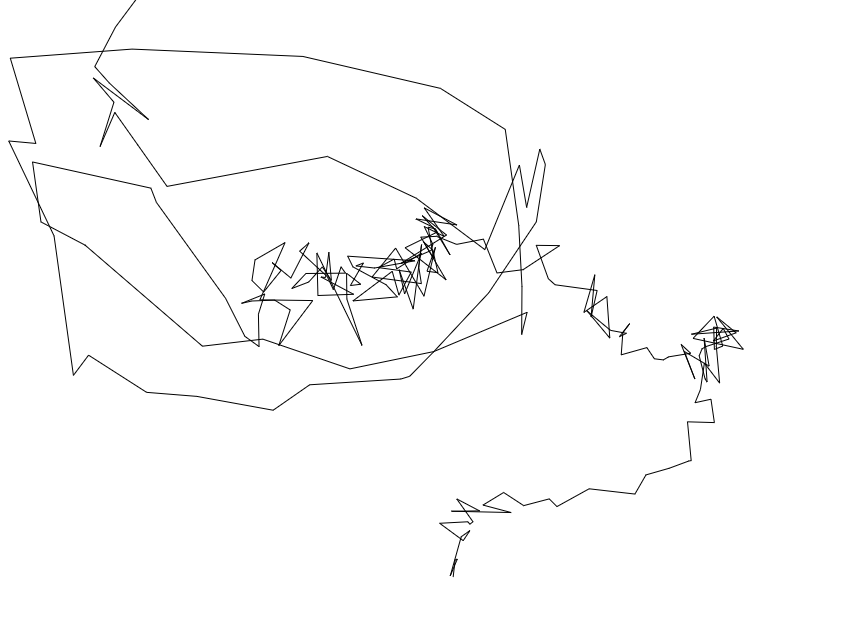
Scribble Variations by JT Nimoy (2001 ported to p5 in 2019)

Yellowtail by Golan Levin – (1999 ported to p5)
Auto Illustrator by Adrian Ward (2001)
Graffiti Research Lab / Theo Watson, Laser Tag (2007)
Eyewriter by Free Art and Technology (FAT), OpenFrameworks, the Graffiti Research Lab (2009)
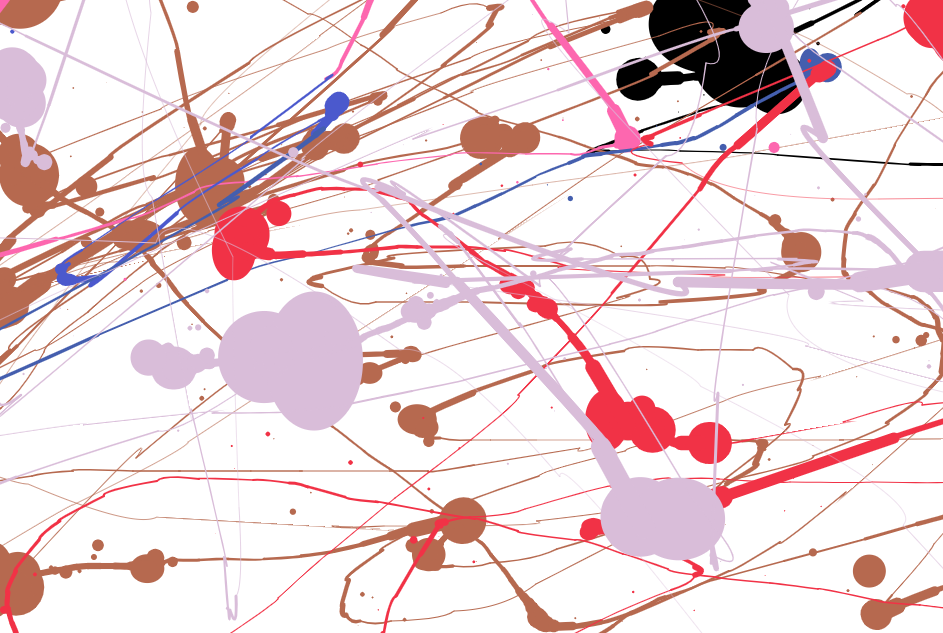
Jackson Pollock.org by Miltos Manetas (2006 based on Splat by Stamen Design)
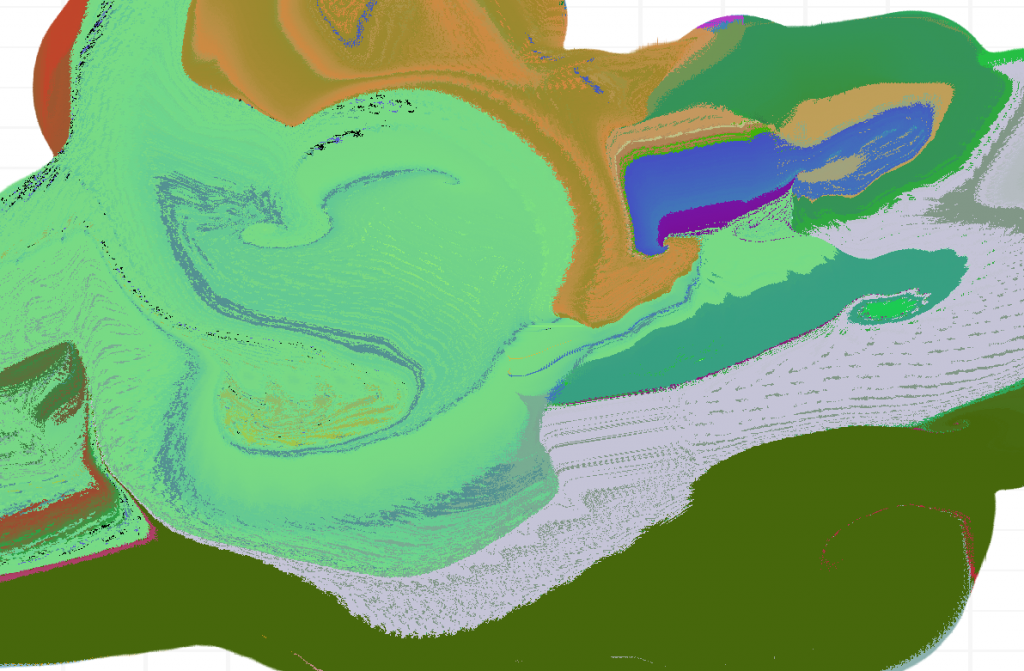
Lizard Ladder, animation made with custom morphing/betweening tool
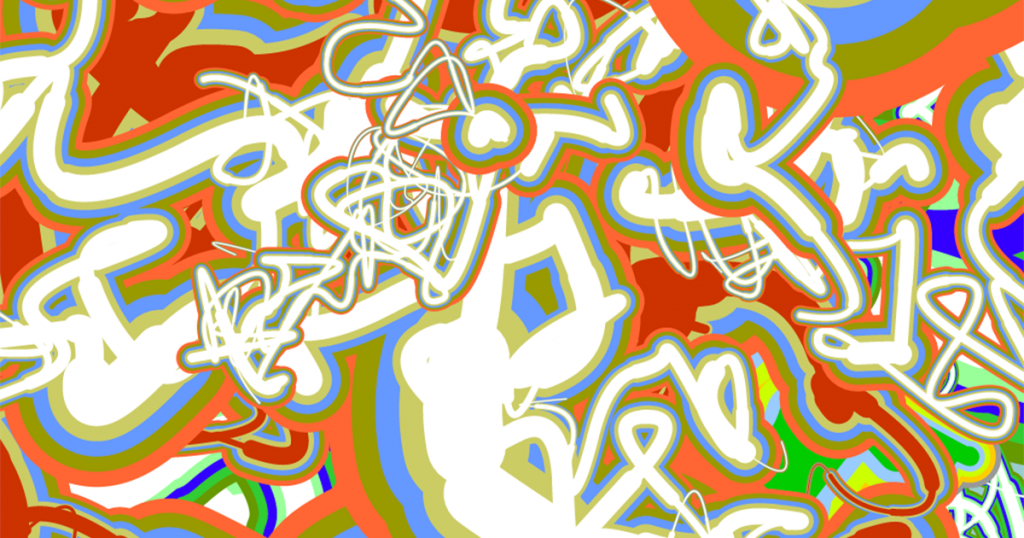
Sketch Machine by Casey Reas
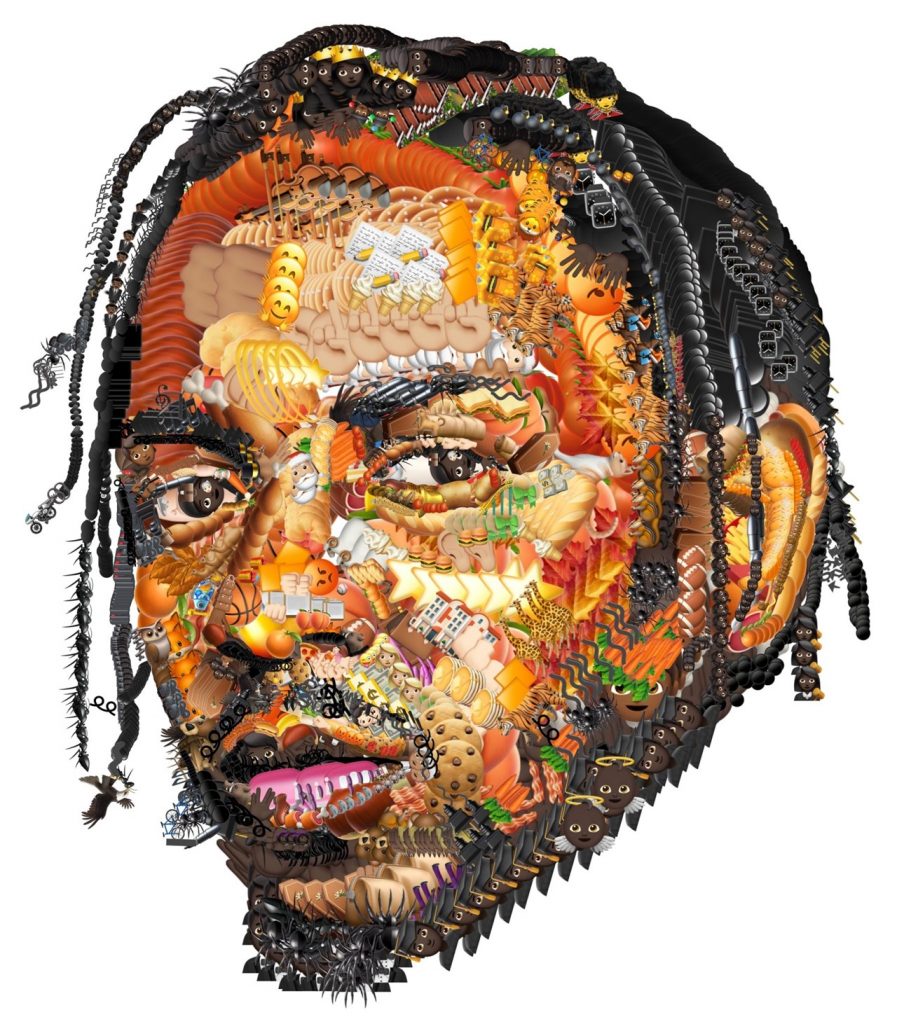
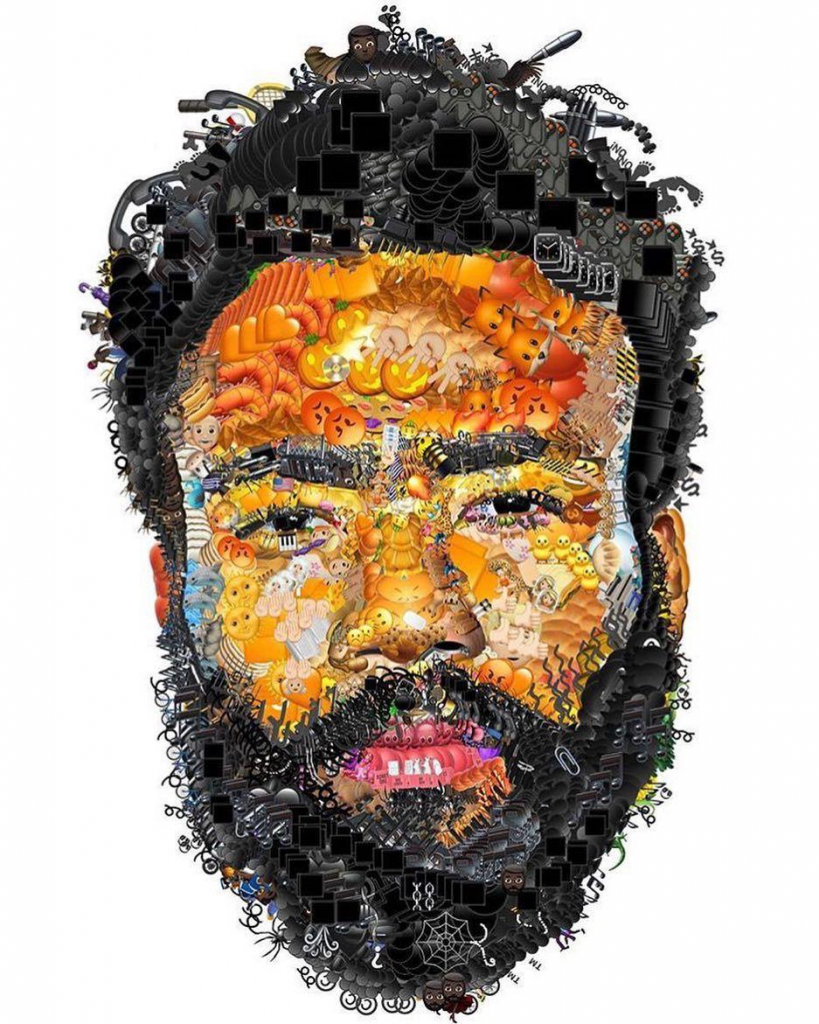
Emoji portraits by Yung Jake made with emoji.ink
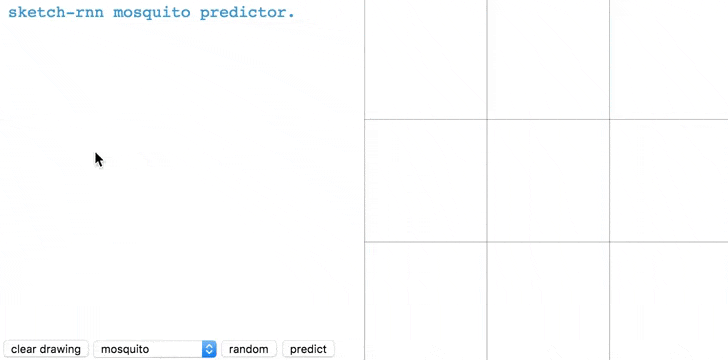
Magenta.js by David Ha, Jonas Jongejan, Ian Johnson, Google (2017)
Scrying Pen by Andy Matuschak (2018)
Both based on data from Google’s game Quick, Draw.
Old-ish article with more examples Assisted Drawing: Exploring Augmented Creativity by Samim (2015)
